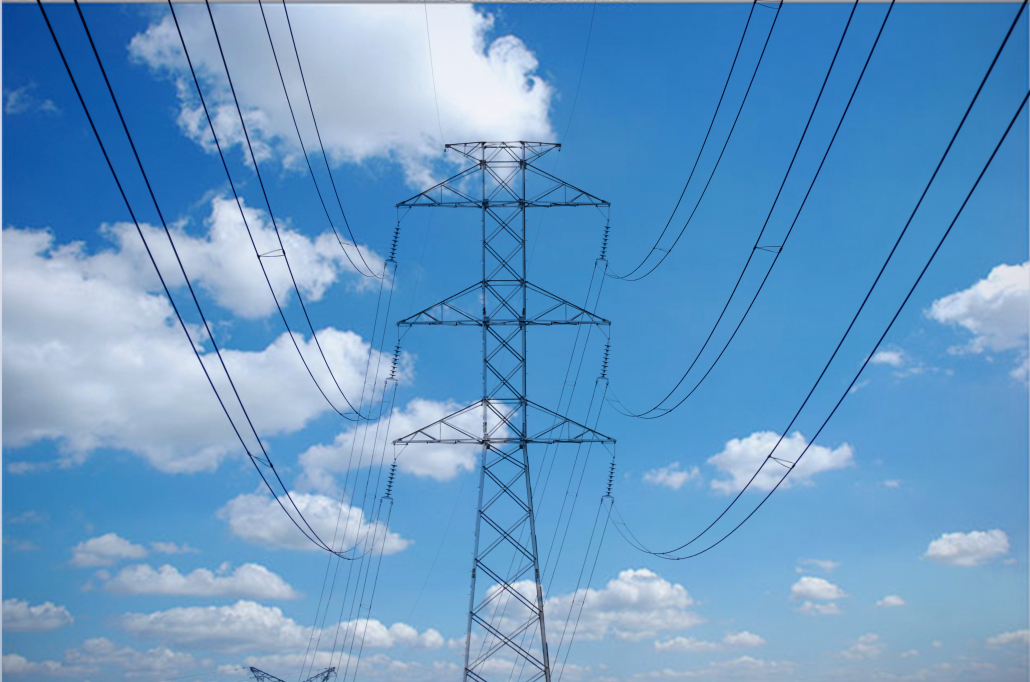What is Kelvin's Law?
Kelvin's Law, also known as Kelvin's Minimum Conductor Size Law, is a principle in Electrical Engineering to determine the optimal size of electrical conductors electrical power transmission systems.
The law was proposed by Lord Kelvin (William Thomson) in 1881 as part of his work on optimizing the efficiency of power transmission systems, particularly during the early days of electrical engineering when minimizing power losses was critical due to the high cost of materials and energy.
Kelvin's Law states that the most economical size of a conductor is the one that minimizes the total cost, which includes both the cost of energy lost in the conductor due to resistance (I²R losses) and the initial cost of the conductor material.
As current flows through a conductor, it generates heat due to electrical resistance. This heat, known as I²R losses which represents wasted energy. Larger conductors have lower resistance, leading to lower power losses. However, larger conductors are more expensive to manufacture and install. The trade-off, Kelvin’s Law helps find a balance between the cost of energy lost due to resistance and the cost of installing a larger conductor. According to the law, the size that minimizes the combined cost is the optimal conductor size. However, due to technological advances, such as improved insulation materials and better control systems, Kelvin’s Law is not always strictly applied, but the underlying principle of balancing upfront costs with long-term efficiency is still fundamental in power system design.
In mathematical form:

Where
C is the total cost (including losses and conductor cost), and
A is the cross-sectional area of the conductor.
In modern applications, though Kelvin’s Law provides a theoretical guideline, various other factors such as reliability, safety, and load growth also influence conductor sizing decisions.
Limitations of Kelvin's Law
Kelvin's Law provides a useful theoretical foundation for optimizing conductor size in power transmission systems, but it has several limitations in practical applications. Some key limitations include:
1. Assumption of Constant Load
Limitation: Kelvin's Law assumes a constant and steady electrical load over time. In practice, loads fluctuate with variations in demand (e.g., peak hours, seasonal changes), making the calculation less accurate when applied to real systems with variable loads.
2. Neglect of Installation and Maintenance Costs
The law focuses primarily on minimizing the sum of energy losses and the conductor's cost, without considering installation, maintenance, or operational costs. Factors such as installation difficulties, future maintenance, and system upgrades are crucial in determining the overall cost of a power system.
3. No Consideration for Voltage Drop
Kelvin's Law doesn't account for voltage drops along the conductor, which can affect the performance of a power transmission system. In power distribution networks, especially over long distances, excessive voltage drop can impact the quality of power delivery, necessitating larger conductor sizes than what Kelvin’s Law predicts.
4. Safety and Regulatory Requirements
Kelvin's Law doesn't consider safety regulations, electrical codes, or insulation requirements. Modern electrical systems must comply with standards that mandate minimum conductor sizes for safety reasons, regardless of cost-efficiency considerations.
5. Future Load Growth
The law assumes that the electrical load will remain unchanged throughout the life of the conductor. Power systems are often designed to accommodate future load growth. A conductor sized only for present demand, based on Kelvin’s Law, may be insufficient if demand increases in the future.
6. Material Availability and Environmental Factors
The law does not account for the availability of materials, environmental considerations, or sustainability concerns. In modern power systems, factors like material scarcity, environmental regulations, and climate impact can influence the choice of conductor size, leading to decisions that may not align with the strict cost optimization of Kelvin’s Law.
7. Advances in Technology
The law was developed based on older materials and technologies. Modern advancements in conductor materials, insulation, and energy-efficient technologies may render some of the original assumptions of Kelvin’s Law outdated, requiring different approaches for optimization.
8. Complex Power Systems
Kelvin's Law simplifies the system by focusing on a single conductor and the cost associated with it. Modern power grids are complex and require a holistic view, considering multiple factors like grid reliability, fault tolerance, renewable energy integration, and the dynamics of smart grids.
